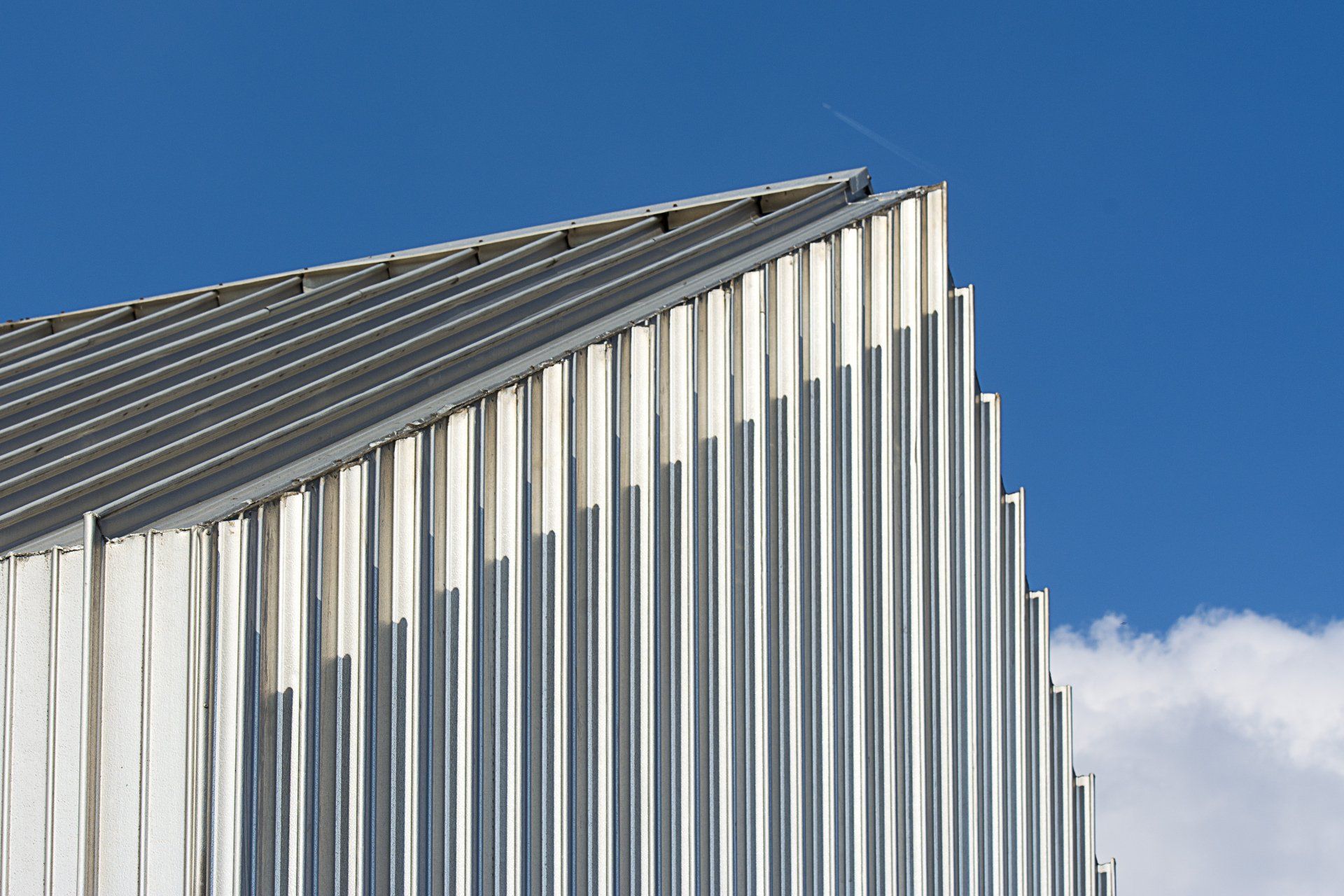What Makes a Roof 'Green'?
Sustainable roofing systems, commonly known as green roofs, integrate vegetation to deliver energy efficiency and environmental benefits. Popular in urban and rural settings alike, these roofs are transforming how we think about building design.

1. Environmental Benefits of Green Roofs
By installing a green roof, you can enjoy these remarkable environmental advantages:
- Managing Rainwater with Green Roofs: Green roofs absorb and retain rainwater, reducing runoff and helping to manage stormwater in urban areas. This prevents water from overwhelming drainage systems, minimizing flooding risks.
- Improved Air Quality: Vegetation on green roofs naturally removes pollutants from the atmosphere, enhancing air quality for everyone.
- Cooler Cities with Green Roofing: Urban heat islands are less intense in areas with green roofs, thanks to their ability to reduce retained heat.
The Financial Perks of Green Roofs
Green roofs aren’t just eco-friendly; they’re also cost-effective. Here are some of the financial benefits:
- Energy Efficiency: Green roofs contribute to energy efficiency by reducing the need for heating and air conditioning.
- Weather-Resistant Roofing: Green roofs act as a protective barrier, shielding the underlying structure from weather and extending its lifespan.
- Government Support for Green Roofs: Many regions offer financial incentives, rebates, or tax breaks for installing green roofs due to their environmental benefits. These can help offset the initial installation costs.
Beauty and Health with Green Roofs
In addition to practical benefits, green roofs contribute to better aesthetics and health. Here’s how:
- Visual Appeal of Green Roofs: The addition of greenery to rooftops enhances their charm, making them standout assets in urban environments.
- Stress-Relief with Eco-Roofs: Studies have shown that access to green spaces can improve mental health, reduce stress, and increase productivity. A green roof can provide a calming natural retreat in the heart of an urban environment.
4. The Types of Green Roofing Systems
Discover the key green roof options available for eco-friendly design:
- Extensive Eco-Roofs: These are lighter, low-maintenance green roofs with a shallow layer of soil, typically covered in hardy, drought-tolerant plants.
- Intensive Green Roofs: Intensive roofs are deeper and support a wider variety of plants, including shrubs and small trees. They often require more maintenance and a stronger structure but can provide additional space for recreation or gardening.
- Modular Green Roofs: Designed for flexibility, modular green roofs allow for easy customization and placement.
Step 5: Installing a Green Roof
Installing a green roof requires a professional roofing team with expertise in sustainable roofing systems. The process typically involves the following steps:
- Building Readiness Evaluation: The roof must be strong enough to support the additional weight of the green roof system, including soil, plants, and water. A professional inspection ensures your building is suitable for this upgrade.
- Waterproofing and Drainage Setup: Installing robust waterproofing layers safeguards your building against leaks.
- Greening the Roof: A growing medium (soil) is added, and plants are carefully selected and placed based on the roof’s design and climate conditions.
The Weathercraft Advantage in Green Roofing
At Weathercraft Roofing & Construction, we specialize in the design and installation of green roofs. Our experienced team will guide you through the process, ensuring your green roof provides maximum environmental, economic, and aesthetic benefits for years to come. Ready to make your building more sustainable?